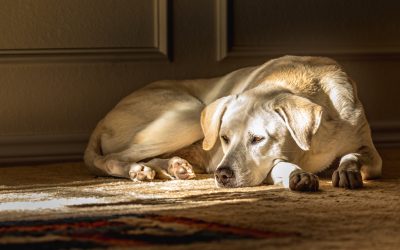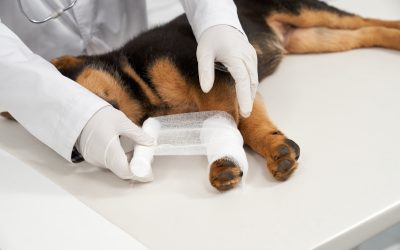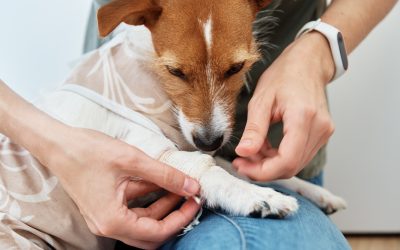Dog Acne on Back, Chin & Lip [Causes & Treatment]
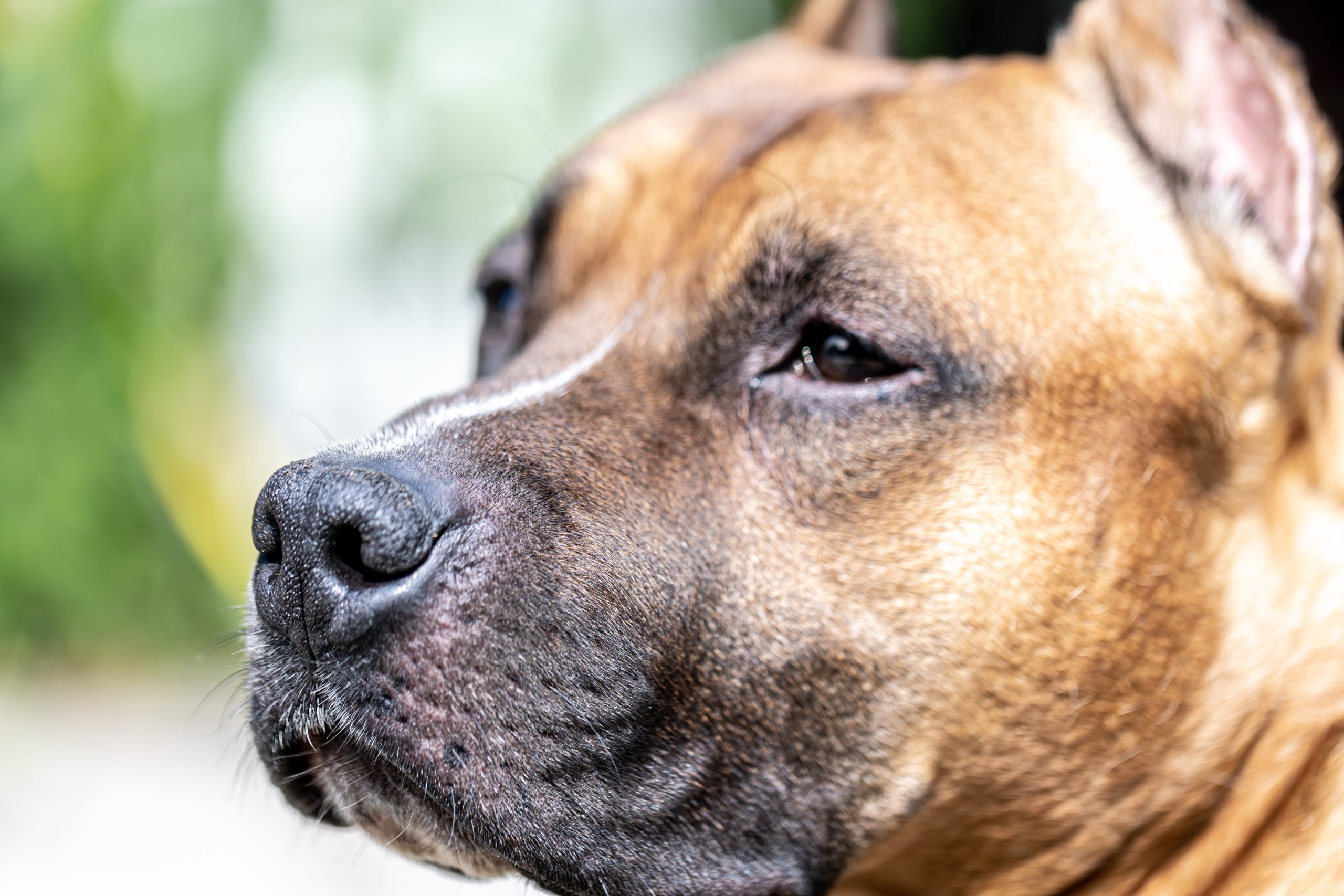
As a dog owner, it can be concerning to discover your furry companion with red bumps and pimples on their back, chin, or lip. Did you know that, like humans, dogs can also suffer from acne? This article will discuss the causes, symptoms, diagnosis, and treatment options for dog acne, provide tips for preventing this condition, highlight the importance of seeking veterinary care, and explain the benefits of pet insurance in managing the costs associated with treating dog acne.
What is Dog Acne?
Dog acne, also known as canine acne or chin acne, is a common skin condition that can affect dogs of all breeds and ages. It typically manifests as red bumps, pustules, or blackheads on the dog’s chin, lip, and back. Just like in humans, dog acne occurs when the hair follicles become clogged with oil, dirt, or dead skin cells.
Causes of Dog Acne
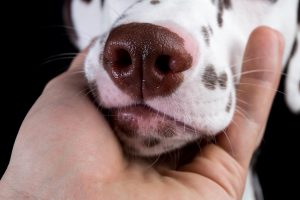
Several factors can contribute to the development of dog acne. One common cause is the excessive production of sebum, an oily substance that lubricates the skin and hair. This overproduction of sebum can lead to clogged pores and the formation of acne. Additionally, hormonal imbalances, poor grooming habits, allergies, stress, or a weakened immune system can also play a role in the development of dog acne.
Symptoms of Dog Acne
Dog acne can present itself in different ways depending on the severity of the condition. Mild cases may only show a few red bumps or blackheads, while more severe cases can result in pustules, swelling, and even crusty lesions. Your dog may also exhibit signs of discomfort, such as itching or scratching the affected areas. It’s important to monitor your dog closely for any changes in their skin and behavior to determine if they are suffering from acne.
Diagnosis of Dog Acne
If you suspect that your dog has acne, it is advisable to seek veterinary care for a proper diagnosis. Your veterinarian will examine your dog’s skin and may perform additional tests to rule out other underlying conditions. These tests may include skin scrapings, bacterial cultures, or allergy testing. A thorough diagnosis is crucial to ensure your dog receives the appropriate treatment.
Treating Dog Acne on the Back
When treating dog acne on the back, it’s important to keep the affected area clean and free of excess oil and dirt. You can gently wash your dog’s back with a mild antibacterial soap or a specialized dog acne shampoo recommended by your veterinarian. Avoid using harsh or human-specific products, as they can further irritate your dog’s skin. Additionally, your veterinarian may prescribe topical or oral medications to help reduce inflammation and control bacterial growth. Acne medications, serums, and soaps made for humans may not be dog-safe or may cause issues with their sensitive skin – so it’s important to only use dog-specific products when treating your dog’s acne.
Treating Dog Acne on the Chin
Dog acne on the chin can be particularly bothersome for your furry friend. To alleviate their discomfort, carefully clean the affected area using a gentle cleanser or wipes specifically formulated for dogs. You can also apply a warm compress to the chin to help reduce swelling and promote healing. In some cases, your veterinarian may recommend topical ointments or antibiotics to treat more severe cases of chin acne.
Treating Dog Acne on the Lip
Dog acne on the lip can be challenging to treat due to the constant movement and exposure to saliva. To prevent further irritation, it is essential to prevent your dog from licking or biting the affected area. You can use a cone collar or a bitter-tasting spray to deter them from doing so. Similar to other areas, keeping the lip clean with gentle cleansing products and applying prescribed topical medications can aid in healing and reducing inflammation.
Preventing Dog Acne
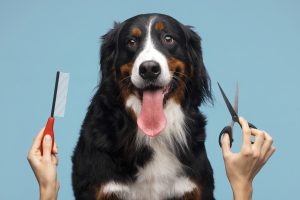
While dog acne can be difficult to prevent entirely, there are measures you can take to minimize the risk. Regular grooming, including brushing your dog’s coat and cleaning their face, can help remove excess oil and dirt contributing to acne. Using dog-specific grooming products and avoiding human-specific products is also crucial, as some ingredients in human products can be harmful to dogs’ sensitive skin. Additionally, maintaining a healthy diet, managing stress levels, and ensuring your dog has a clean environment can all contribute to preventing dog acne.
When to See a Veterinarian
If you notice persistent or worsening symptoms of dog acne, it is essential to consult with a veterinarian. They can properly diagnose and recommend the most suitable treatment options for your dog’s specific condition. It’s also important to seek veterinary care if other concerning symptoms, such as fever, lethargy, or loss of appetite, accompany your dog’s acne.
How Can Pet Insurance Help You if Your Dog Has Acne?
Pet insurance can be a valuable tool in managing the costs of treating dog acne and other veterinary expenses. By having a pet insurance policy in place, you can have peace of mind knowing that you can provide the necessary medical care for your furry companion without worrying about the financial burden. Pet insurance can help cover the costs of veterinary consultations, diagnostic tests, medications, and even specialized treatments if required.
Reimbursement
This method is the most common for pet insurance companies. You pay out of pocket for the veterinarian bill, and then the insurance company reimburses you for what’s covered under the insurance plan. The steps look like this.
- You pay the vet bill after your dog’s visit.
- You fill out the pet insurance claim form.
- Submit the claim form and other required documentation to the insurer.
- After the claim is approved, you will be reimbursed for eligible expenses.
Odie’s Illness and Injury pet health insurance plan offers comprehensive coverage for your dog.
What Does Odie Pet Insurance Cover?
Pet insurance covers various veterinary expenses, providing financial protection and peace of mind for pet owners. Here are the details of the coverage options offered by Odie Pet Insurance:
Illness & Injury Plan
The Illness & Injury Plan is an all-inclusive insurance plan designed to cover a wide range of medical needs for your pet. This plan includes comprehensive coverage for various illnesses, injuries, and veterinary services. Some of the covered items include:
- 24/7 Televet Chat
- Emergency vet visits
- Overnight hospital stays
- IV Fluids & Medications
- Medical Supplies
- Surgeries
- MRI/CAT Scans
- Rehabilitative Care
- Prescription Medications
- Gastrointestinal issues
- Laboratory Tests
Accident-Only Plan
The Accident-Only Plan is designed for pet owners seeking coverage specifically for accidents. This plan provides financial protection for emergency veterinary care resulting from accidental injuries. It includes 90% reimbursement up to $10,000 each year, with a $250 annual deductible.
Here’s an overview of the Accident-Only Plan:
- Coverage for broken bones, sprains, eye injuries, and traumatic dental fractures.
- Coverage for wounds, including bite wounds, lacerations, snake bites, and bee stings.
- Veterinary treatments covered for accidental injuries include X-rays & ultrasounds, laboratory tests, emergency care, hospitalization, CT scan & MRI, and surgery.
The Wellness Add-on Plan
The Wellness Plan is an add-on for routine care coverage you can purchase with an insurance policy. It focuses on preventive care and covers routine veterinary services. Odie has two wellness plan options available:
Basic Plan:
- Covers services such as spay/neuter and teeth cleaning, rabies vaccination, flea & tick prevention, heartworm prevention, vaccination/titer, wellness exam, heartworm test or FELV screen, blood, fecal, parasite exam, microchip, urinalysis or ERD, and deworming.
- Reimbursement up to $305 per year.
Plus Plan:
- Ideal for puppies and kittens.
- Covers services such as spay/neuter and teeth cleaning, rabies vaccination, flea & tick prevention, heartworm prevention, vaccination/titer, wellness exam, heartworm test or FELV screen, blood, fecal, parasite exam, microchip, urinalysis or ERD, and deworming.
- Reimbursement up to $535 per year.

